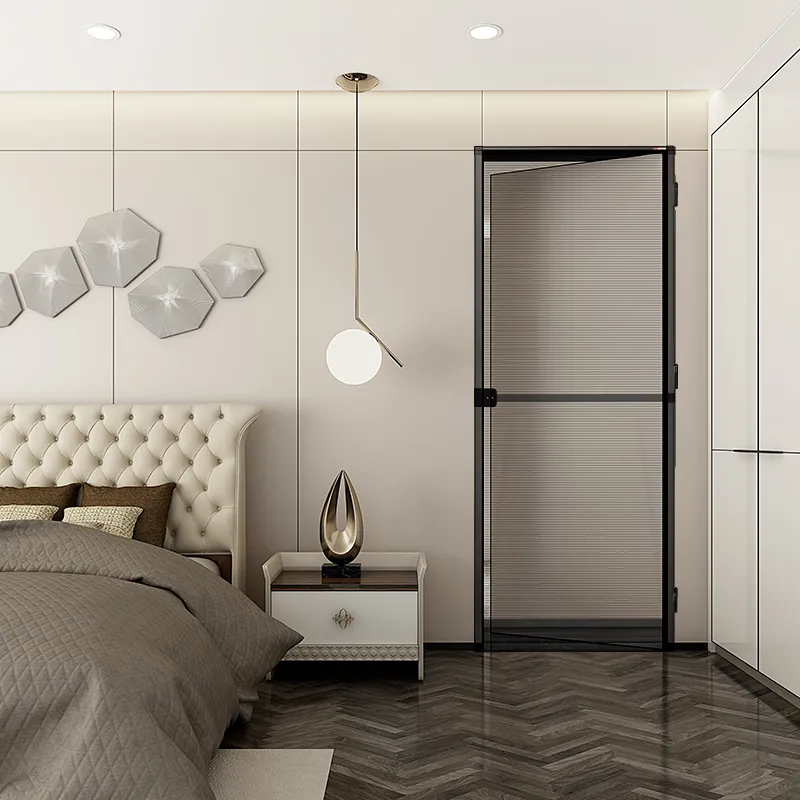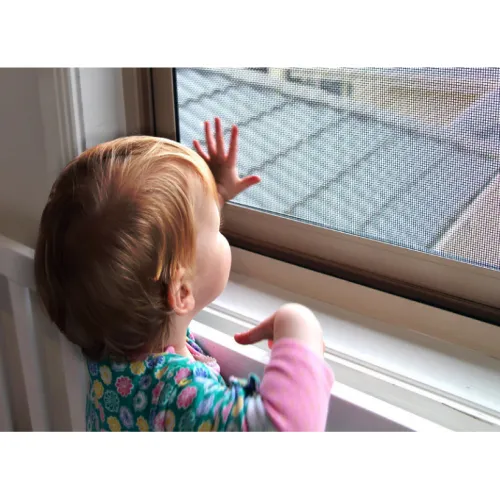Mar . 04, 2025 08:31 Back to list
roller mosquito screen
Mosquito window screens have become an indispensable asset for homes around the world, providing an effective barrier against insects while allowing fresh air to flow freely into living spaces. These screens boast a diverse range of materials, sizes, and features, elevating their function beyond mere insect repellents. For homeowners considering an investment in these protective barriers, understanding the nuances in their construction, benefits, and maintenance is paramount.
Mosquito window screens are more than insect deterrents; they are facilitators of an enhanced indoor lifestyle. By promoting ventilation, these screens contribute to improved air circulation, reducing reliance on artificial cooling systems and thus cutting energy costs. Furthermore, they serve as a filter against various airborne pollutants, providing a layer of protection that can significantly enhance indoor air quality. Maintenance of these screens is straightforward yet crucial for prolonging their lifespan. Regular inspections for tears or loosening are recommended, especially after periods of extreme weather. Cleaning can be accomplished using mild soap and water, gently scrubbing to remove accumulated dirt and debris. For screens made with advanced materials, consulting the manufacturer’s guidelines ensures that maintenance practices do not inadvertently compromise their integrity. In addition to practical utility, mosquito window screens can also complement the aesthetic of a home. Modern designs offer sleek and unobtrusive profiles that blend seamlessly with contemporary or traditional architectural styles. Some manufacturers even provide customization options in various colors and frames, allowing homeowners to select screens that align with their personal taste and home decor. In conclusion, mosquito window screens represent a confluence of functionality, style, and ecological consideration. Their role in enhancing the quality of life within a home is undeniable, providing seamless integration with nature by permitting the circulation of fresh air while safeguarding against unwelcome pests. Making an informed choice about the type, installation, and upkeep of these screens can maximize their benefits, ensuring a home that is not only protected and comfortable but also energy-efficient and aesthetically pleasing. As awareness of pest-borne diseases grows, the demand for such sustainable and effective solutions is poised to increase, reinforcing the importance of mosquito window screens as an essential component of modern home design.


Mosquito window screens are more than insect deterrents; they are facilitators of an enhanced indoor lifestyle. By promoting ventilation, these screens contribute to improved air circulation, reducing reliance on artificial cooling systems and thus cutting energy costs. Furthermore, they serve as a filter against various airborne pollutants, providing a layer of protection that can significantly enhance indoor air quality. Maintenance of these screens is straightforward yet crucial for prolonging their lifespan. Regular inspections for tears or loosening are recommended, especially after periods of extreme weather. Cleaning can be accomplished using mild soap and water, gently scrubbing to remove accumulated dirt and debris. For screens made with advanced materials, consulting the manufacturer’s guidelines ensures that maintenance practices do not inadvertently compromise their integrity. In addition to practical utility, mosquito window screens can also complement the aesthetic of a home. Modern designs offer sleek and unobtrusive profiles that blend seamlessly with contemporary or traditional architectural styles. Some manufacturers even provide customization options in various colors and frames, allowing homeowners to select screens that align with their personal taste and home decor. In conclusion, mosquito window screens represent a confluence of functionality, style, and ecological consideration. Their role in enhancing the quality of life within a home is undeniable, providing seamless integration with nature by permitting the circulation of fresh air while safeguarding against unwelcome pests. Making an informed choice about the type, installation, and upkeep of these screens can maximize their benefits, ensuring a home that is not only protected and comfortable but also energy-efficient and aesthetically pleasing. As awareness of pest-borne diseases grows, the demand for such sustainable and effective solutions is poised to increase, reinforcing the importance of mosquito window screens as an essential component of modern home design.
Products
Latest news
-
Unveiling the Allure and Practicality of Classic Mosquito Nets
NewsJul.04,2025 -
Unraveling the World of Mosquito Nets: Varieties, Costs, and Production
NewsJul.04,2025 -
Redefining Protection and Style: The World of Mosquito Nets
NewsJul.04,2025 -
Enhancing Sleep and Style with Contemporary Mosquito Nets
NewsJul.04,2025 -
Diverse Solutions in Mosquito Netting: Sizes, Varieties, and Flexibility
NewsJul.04,2025 -
Deciphering Mosquito Nets: Significance, Varieties, and Applications
NewsJul.04,2025 -
Transforming Bedrooms into Mosquito - Free Havens
NewsJul.01,2025









